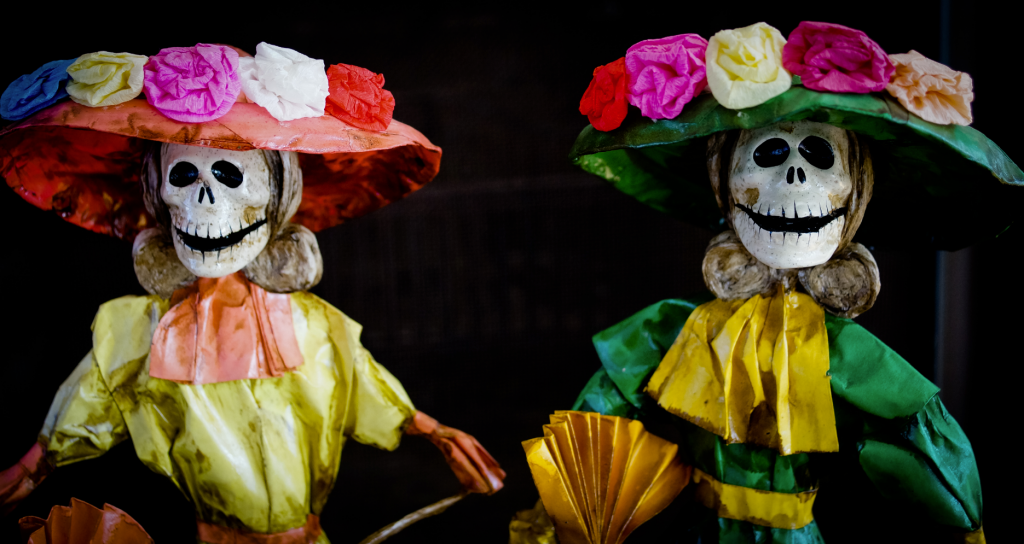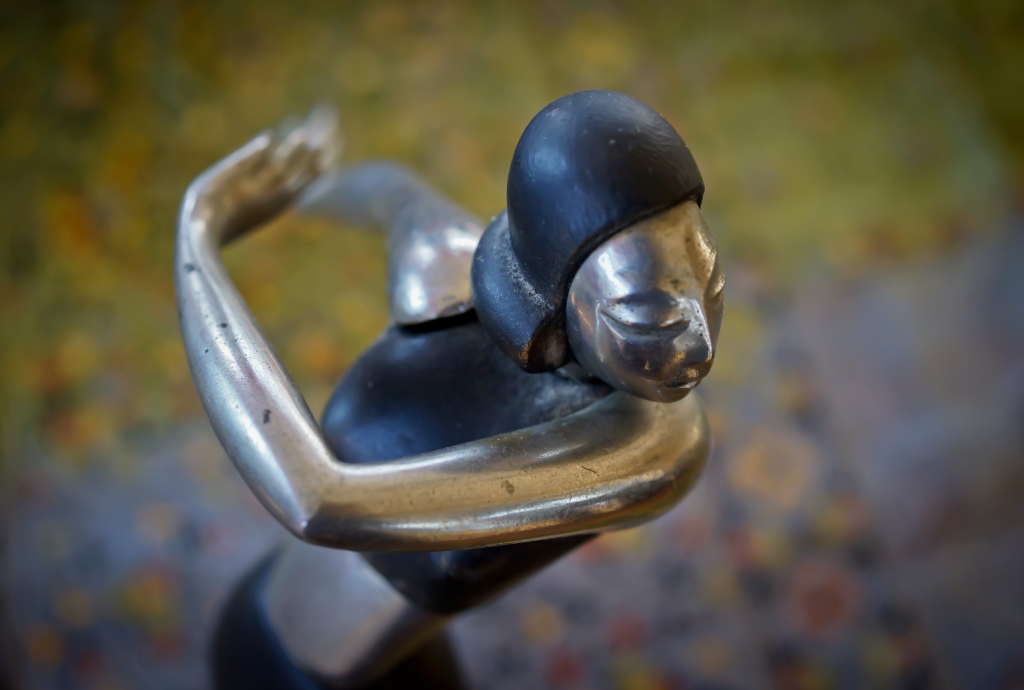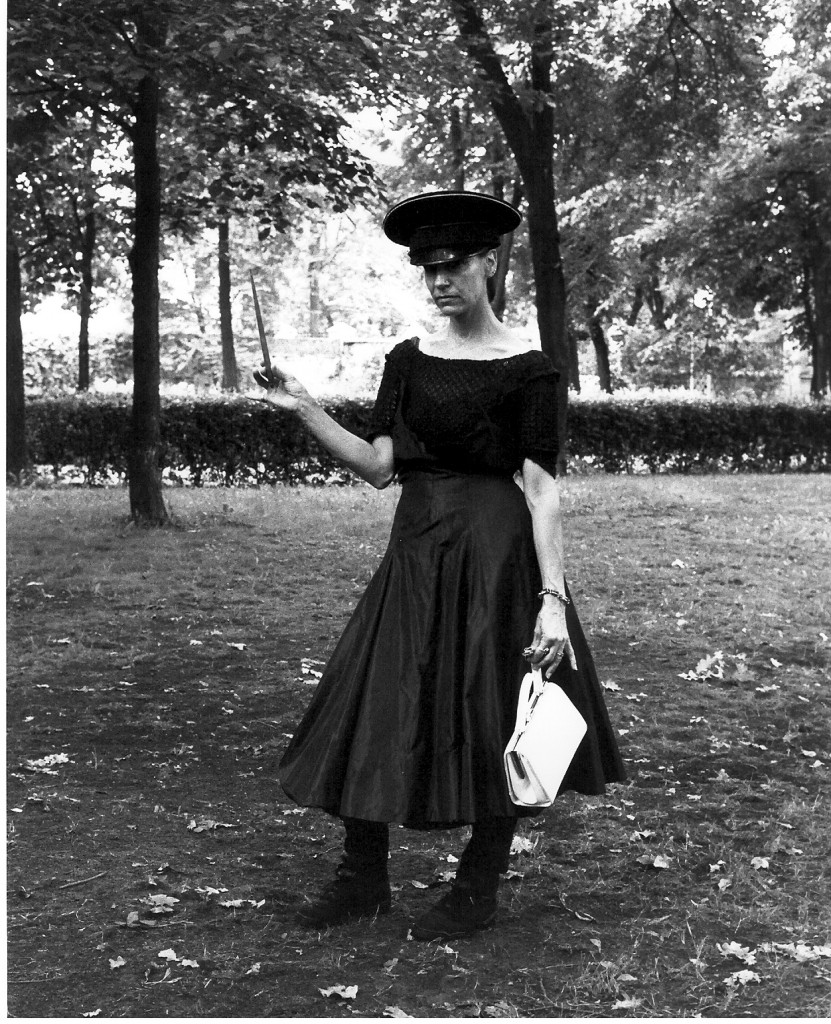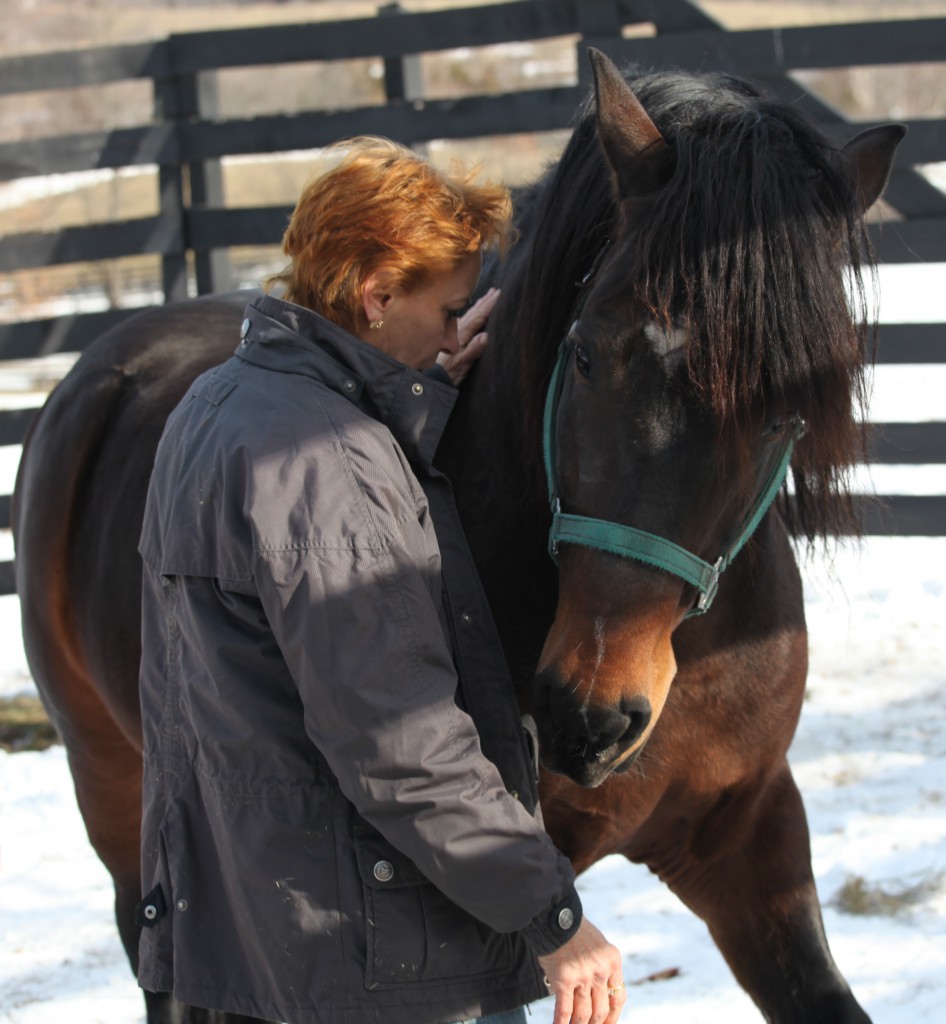
Other people’s dreams:
This year I got a major course correction. A gigantic error message. I had been spending too much time helping with other people’s dreams. My efforts, which at first felt fluid and lovely, began to get tangled, murky, and then ultimately the situation became ugly.
Others around me could see that The Message was appearing with increasing frequency and that I was not seeing it, not wanting to see it. I just kept slogging along, pushing, until the discomfort became overwhelming.
Finally I detached, unhooked, walked.
Other people’s work:
Similarly, as a new blogger, I was scanning for guidance from The Ones Who Know. As it turns out, they are actually me. I have to decide what makes sense.
For many years I have practiced and taught Authentic Movement. It is about listening to the voice of the body – allowing the body to move without the judging arbitration of the mind. It is about feeling, not thinking.
What I am learning about writing is how to let the body speak into the words. My friend Nancy Stark Smith once called it “bloodful” writing. Here’s how I feel it: I get a flush of excitement, a little storm of synaptic activity; thoughts and ideas refracting, connecting – spinning together in a new way. It is physical, shivery. Then I write.
There isn’t room in that moment for other people’s words, preoccupations. I am interested in them, but they do not have a place in that moment of inspiration. It is all in my body, my heart, my words.
I am writing about this: how do you feel your inspiration?
I am also writing this week about the beast, the performer and being animal. It’s another little, ragged memoir. It’s in The Journal. It’s a monthly subscription (and you can opt out at any time.)



